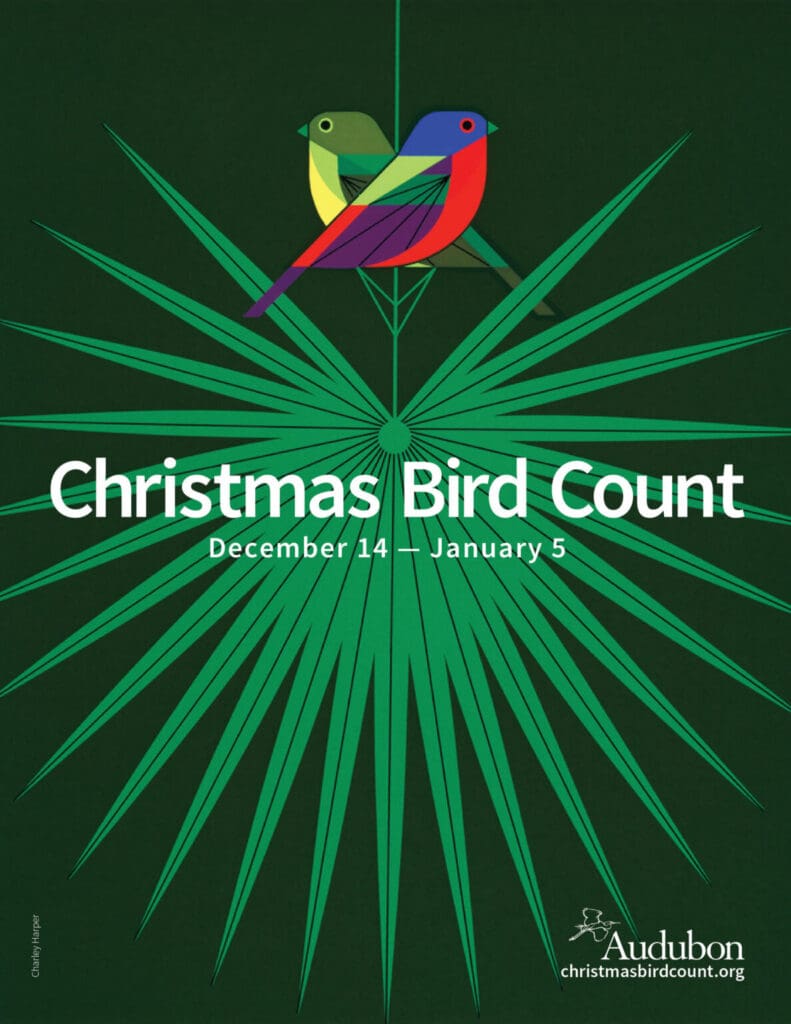Looking for ways to connect with others in the midst of this pandemic? Citizen Science may just be the answer.
Amid a global pandemic, it’s not uncommon to experience a sense of isolation and a thirst for human connection. Citizen Science is an ideal way to connect with others virtually, while contributing information that can trigger real world change.
Science needs more ears, eyes, and perspectives than any one scientist can possibly possess. Citizen Scientists conduct scientific research, collaborate with scientists to improve their capacity, and ultimately increase the public’s understanding of science. Additionally, Citizen Science is a fun and engaging way to learn something new, while connecting with people locally or across the globe.
From surveying and recording the bird species at your backyard birdfeeder, to noting the date your favorite tree begins to leaf-out or flower, there is a Citizen Science project for all ages and interests. Citizen Science advances many fields including ecology, medicine, meteorology, genetics, engineering, and more. These immense collaborations amongst people from all over the world allow for discoveries that a single scientist could never attain alone.
Below, we highlight four popular Citizen Science projects that you can get started with today!

Community Collaborative Rain, Hail and Snow Network (CoCoRaHS)
Have you ever experienced the phenomenon of seeing rain falling in the distance but never feeling a drop in your location? If so, you know how variable precipitation can be!
CoCoRaHS (Community Collaborative Rain, Hail and Snow Network) is a nonprofit, community-based network of volunteers from all over the country who measure and report rain, hail, and snow in their backyards. The measurements collected by Precipitation Monitors have many applications that help the public better understand weather & climate, and the information is used by many organizations, including The National Weather Service, NOAA, and locally by emergency managers, farmers, and homeowners.
Fairfield County has an active Precipitation Monitoring network. Citizen scientists take daily precipitation measurements in their own backyards using low-cost measurement tools, including a 4” diameter, high capacity rain gauge.
Want to learn more? Listen to our recent interview with OSU Extension, describing the Precipitation Monitoring program and the rainfall trends observed in Fairfield County this summer. If you are interested in getting involved, contact Carrie Brown at [email protected].

Audubon’s Christmas Bird Count
Audubon’s Christmas Bird Count is the nation’s longest-running community science bird project and fuels Audubon’s work throughout the year.
Christmas Bird Count (CBC) occurs December 14 to January 5 every year. Each count takes place in an established 15-mile wide diameter circle. Count volunteers follow specified routes through the designated area, counting every bird they see or hear all day. It’s not just a species tally—all birds are counted all day, giving an indication of the total number of birds in the circle that day.
If you are a beginning birder, you can join a group that includes at least one experienced birdwatcher.
If your home is within the boundaries of a CBC circle, then you can stay at home and report the birds that visit your feeder on count day as long as you have made prior arrangement with the count compiler. Check out a map view of the circles expected to be included in the 121st Christmas Bird Count on how to contact the compiler.

iNaturalist
One of the world’s most popular nature apps, iNaturalist connects people with nature by helping them identify the plants and animals around them while contributing to a vast biological database.
iNaturalist is an online social network of over a million people sharing biodiversity information to help each other learn about nature. It’s also a crowdsourced species identification system and an organism occurrence recording tool. You can use it to record your own observations, get help with identifications, collaborate with others to collect this kind of information for a common purpose, or access the observational data collected by iNaturalist users. What’s more, by recording and sharing observations, you’ll create research quality data for scientists working to better understand and protect nature.
iNaturalist is free and easy to use for anyone with a computer or smartphone with Internet access. It’s also fun to try and identify other people’s observations, meet folks with similar interests, and participate in projects that other people on iNaturalist are running.

Nature’s Notebook
We have all reveled in the changing colors of leaves in the autumn and witnessed the long-awaited burst of green as trees begin to leaf-out in the spring. The study of these seasonal changes is known as phenology. Also described as nature’s calendar, phenology is the study of life cycle changes in plants and animals. This includes the flowering of plants, the emergence of insects, and the migration of birds.
Nature’s Notebook is a national, online citizen science program that connects participants with nature and gives them the tools needed to contribute to scientific discovery by observing the seasonal changes surrounding them.
As an observer, you’ll spot things you never noticed before – the green tip of a breaking leaf bud in the spring or the slightest blush on a maple leaf that foreshadows the coming fall. You can develop a more nuanced appreciation of our natural world when you participate in Nature’s Notebook.
Researchers, resource managers, educators and others use your data for scientific discovery and decision-making. Phenology data helps to predict threats to people and the environment such as wildfires, drought, or flooding. The information helps to decide the timing of events, from when to harvest or irrigate land to when to conduct controlled burns in forests.
Create a free account to intimately connect with plants or animals that you see all the time in a brand new way.
